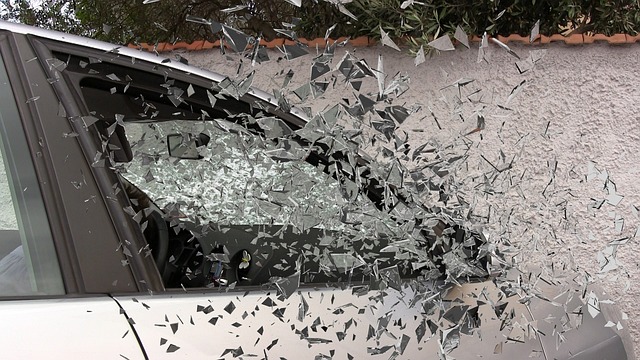Despite claim denials, consumers with defective product injuries have legal rights. Gather robust evidence including purchase records, medical reports, photos and witness statements. Strategically appeal decisions, reinterpreting or bolstering evidence to prove negligence and warrant compensation. Treat the process like contract disputes or car accidents, focusing on harm and breach of warranties.
“Facing a denied claim for a defective product injury can be disheartening, but understanding your rights and taking the right steps is crucial. This guide navigates through the complexities of handling such a situation. We explore key aspects like recognizing your legal entitlements post-denial, effectively gathering evidence to bolster your case, and masterfully navigating the appeals process. By following these strategies, victims of defective products can increase their chances of achieving justice.”
- Understanding Your Legal Rights After a Denial
- Gathering Evidence to Support Your Claim
- Navigating the Appeals Process Effectively
Understanding Your Legal Rights After a Denial

After a claim for a defective product injury is denied, it’s crucial to understand your legal rights and options. In many jurisdictions, consumers are protected by laws that entitle them to seek compensation for harm caused by faulty products. Even if your initial claim was rejected, you may still have avenues to explore. An experienced accident lawyer can help navigate this complex landscape, providing guidance tailored to your specific situation.
It’s important to remember that product liability laws vary by region, and what applies to a truck accident injury might differ from cases involving other types of defective products. Elder law, for instance, plays a significant role in protecting vulnerable individuals who may be more susceptible to such injuries. Understanding these nuances is essential when pursuing justice and ensuring you receive the compensation you deserve for your defective product injury.
Gathering Evidence to Support Your Claim

When pursuing a defective product injury claim, one of the most critical steps is gathering compelling evidence to substantiate your case. This process demands meticulous attention to detail and a systematic approach. Start by collecting all relevant documents, such as purchase receipts, warranty information, and user manuals, which can establish ownership and the terms of the agreement. Additionally, gather medical records detailing any injuries sustained due to the defective product.
Photographs of the damaged product, along with detailed descriptions of the incident, are invaluable. If applicable, obtain statements from witnesses who can corroborate your account. In business litigation involving breach of contract, these pieces of evidence might be crucial for demonstrating negligence or intentional wrongdoing. Even if you’re handling homeowner insurance claims, a comprehensive collection of evidence will strengthen your position and potentially lead to a more favorable outcome.
Navigating the Appeals Process Effectively

Navigating the appeals process after a denied defective product injury claim requires careful strategy and perseverance. The first step is to thoroughly review the reasons provided by the initial decision-maker, understanding where your case may have fallen short or what aspects could be strengthened. This involves critically examining the evidence presented, including medical records, product specifications, and expert opinions – ensuring they align with the arguments you’ve made in support of your claim.
Effective appeals often involve reinterpreting existing evidence from a new perspective or uncovering additional relevant information that was previously unavailable. This might include reaching out to witnesses, acquiring updated medical reports, or consulting with legal experts specializing in defective product liability. Presenting a compelling case during the appeals process requires clear communication of the harm caused by the defective product and how it breaches the implied or explicit warranties associated with it – concepts reminiscent of those found in employment contracts or even car accident injuries cases where responsibility is determined based on negligence.
Handling a denied defective product injury claim can be daunting, but understanding your rights, gathering solid evidence, and navigating the appeals process effectively are key steps toward achieving justice. By familiarizing yourself with these aspects, you’ll be better equipped to present a compelling case and potentially secure the compensation you deserve for any resulting harm. Remember, persistence and thorough preparation are essential when dealing with complex legal matters.






